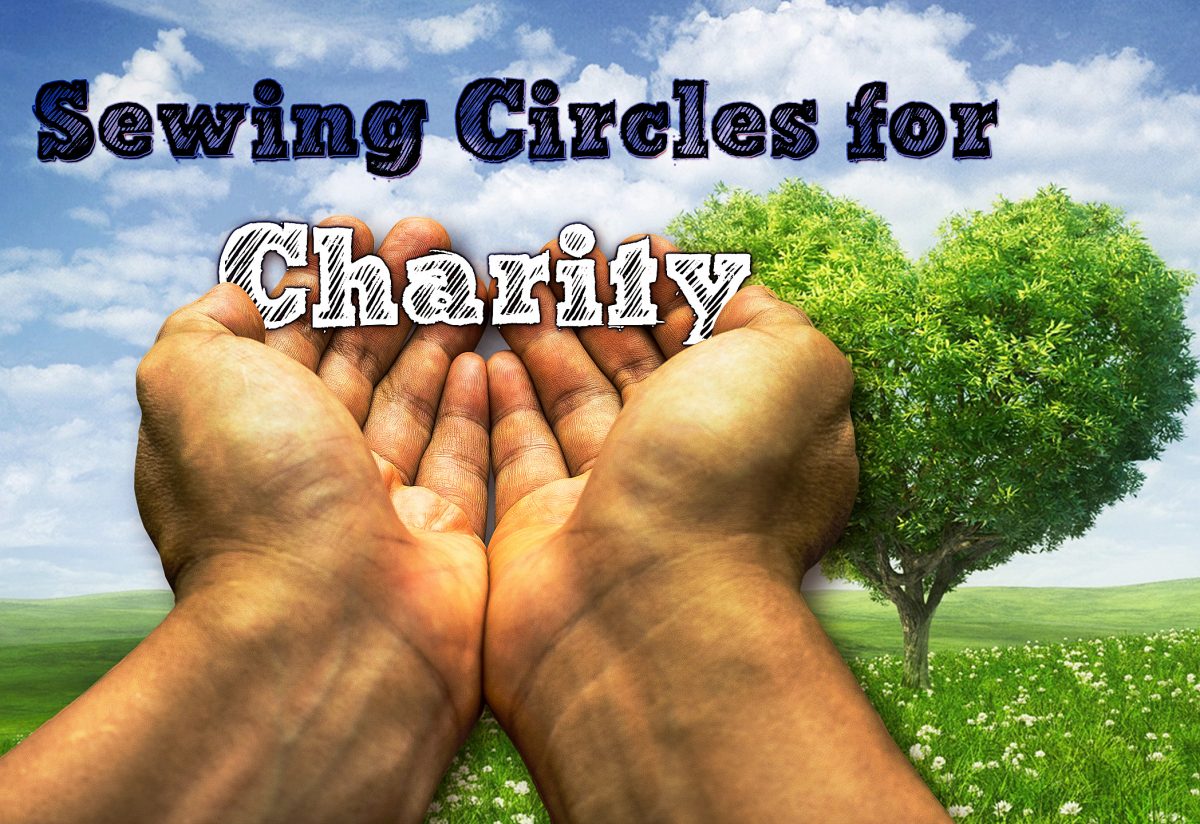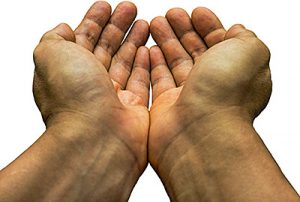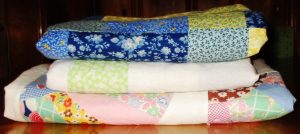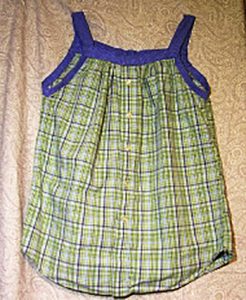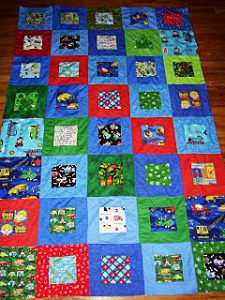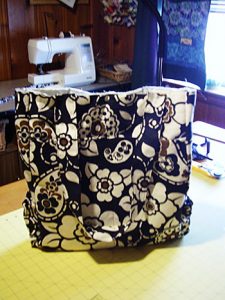During the course of my career, I’ve had the good fortune to work on quite a few large film productions with some highly recognizable actors and actresses. Film-making is exciting and tedious all at once, both exhilarating and debilitating. It’s not a life choice to venture into lightly – at least not if you require a steady, dependable job and paycheck.
You’ll never work again…
In movie making, and even more so in television, nothing is ever a sure thing. Shows get cancelled or pushed (postponed), people get let go for various, and sometimes odd, political (company) and personal reasons. I, personally, never believe a gig is going to happen until I’m actually there on the first day, filling out the inevitable novel of start paperwork you must complete at the commencement of every single job.
I’ve worked like this for twenty-five years now and I can say only two things for sure. One, explaining to people not in the business, be it your family, friends, or the bank you want a mortgage from, what you do and how you are hired, is never an easy thing. And two, that weird space you enter when you’re between jobs and the phone isn’t ringing and the little voice inside your head whispers you’ll never work again, never gets easier, not really. It doesn’t matter that history has always proven that you will indeed work again; you simply believe, irrationally, that this time is different.
At least that’s how it usually is for me. Yet, at the same time, I can’t imagine doing anything else. I can’t fathom going to the same office every day for thirty years or more and doing the same thing over and over. It’s just not how I’m made. So I take the uncertainty and the freelance roller coaster ride in exchange for getting to do something that, most days, I love.
If you’re thinking of a freelance career in film, television and the theatre, you need to be really honest about whether or not you’re able to live with a heightened amount of insecurity.
I fought, bit, screamed, clawed and scratched my way in. There was no way I was giving up.
Here are a few of the things that I’ve found invaluable and helpful in surviving the freelance life.
1. Tenacity
Be determined. Wholly and truly give it your all. Remain persistent. Things don’t necessarily come easily. I remember a conversation I had long ago with a friend and colleague. We were talking about ‘breaking in’ to the movie business and how we landed our first job on a major film.
“I fought, bit, screamed, clawed and scratched my way in,” my friend said, “There was no way I was giving up.”
2. Resilience
It’s easy to believe in yourself and your talents when other people do. The true feat, though, is to believe in yourself and your abilities when no one else seems to. There will be failures and missteps and things that you wished had turned out differently. That’s all part of the whole thing.
There will, of course, always be that odd, seemingly infinitely lucky individual, who coasts, completely upright, into a successful freelance career with out skinning even one knee. But that’s the exception.
Most of us arrive a bit battered and disheveled with grass stains on our knees and twigs in our hair.
3. Vision
As the extremely successful celebrity stylist (and all around nice guy), Derek Roche has said, Build your own dreams or someone will hire you to build theirs.
4. Learn how to see in the dark
When the darkness comes (and it will) you have to be able to navigate your way out and through it…
Some of my first theatre jobs were as a backstage dresser during live performances. This involved laundry and maintaining the costumes, as well as, helping the actors get dressed if needed (period things like corsets and garments with multiple back closures) and doing quick changes backstage in the dark.
Many backstage dressers use small bite lights to help them see while performing fast costume changes. I never really did. If you spend enough time in the wings in the dark, you eventually are able to see. I have no idea if this is a scientific fact; I only know that it was true for me. I have no problem finding zipper ends, or a slew of hooks or snaps in the dark.
Darkness, of course, can come in different forms – it can be literal like working backstage or it can be figurative like not being certain what your next move should be or being unable to see the path in front of you. When the darkness comes (and it will) you have to be able to navigate your way out and through it, you have to reach for that zipper and be able to insert one end into the other by feel.
Seeing in the dark is a tricky thing to master. It involves taking all your tenacity, resilience and vision at once and stepping forward, all the while trusting that the ground is indeed beneath your feet – just as it should be.


